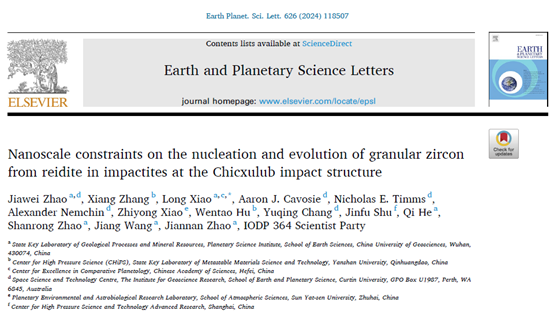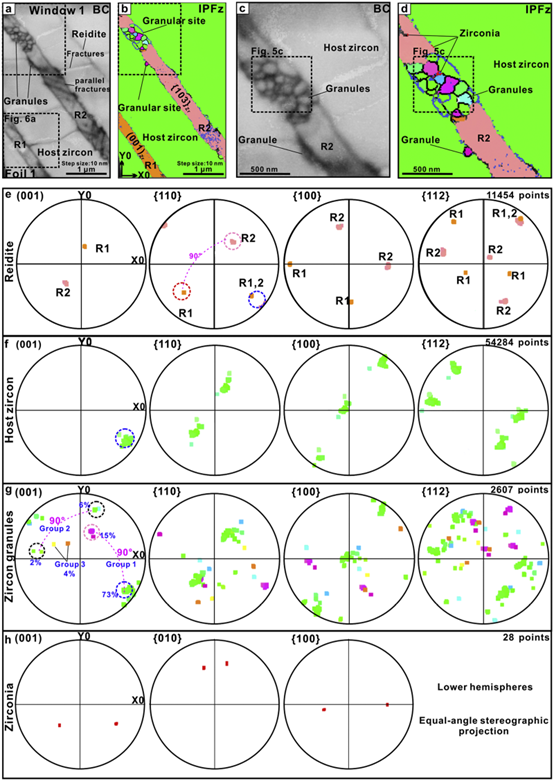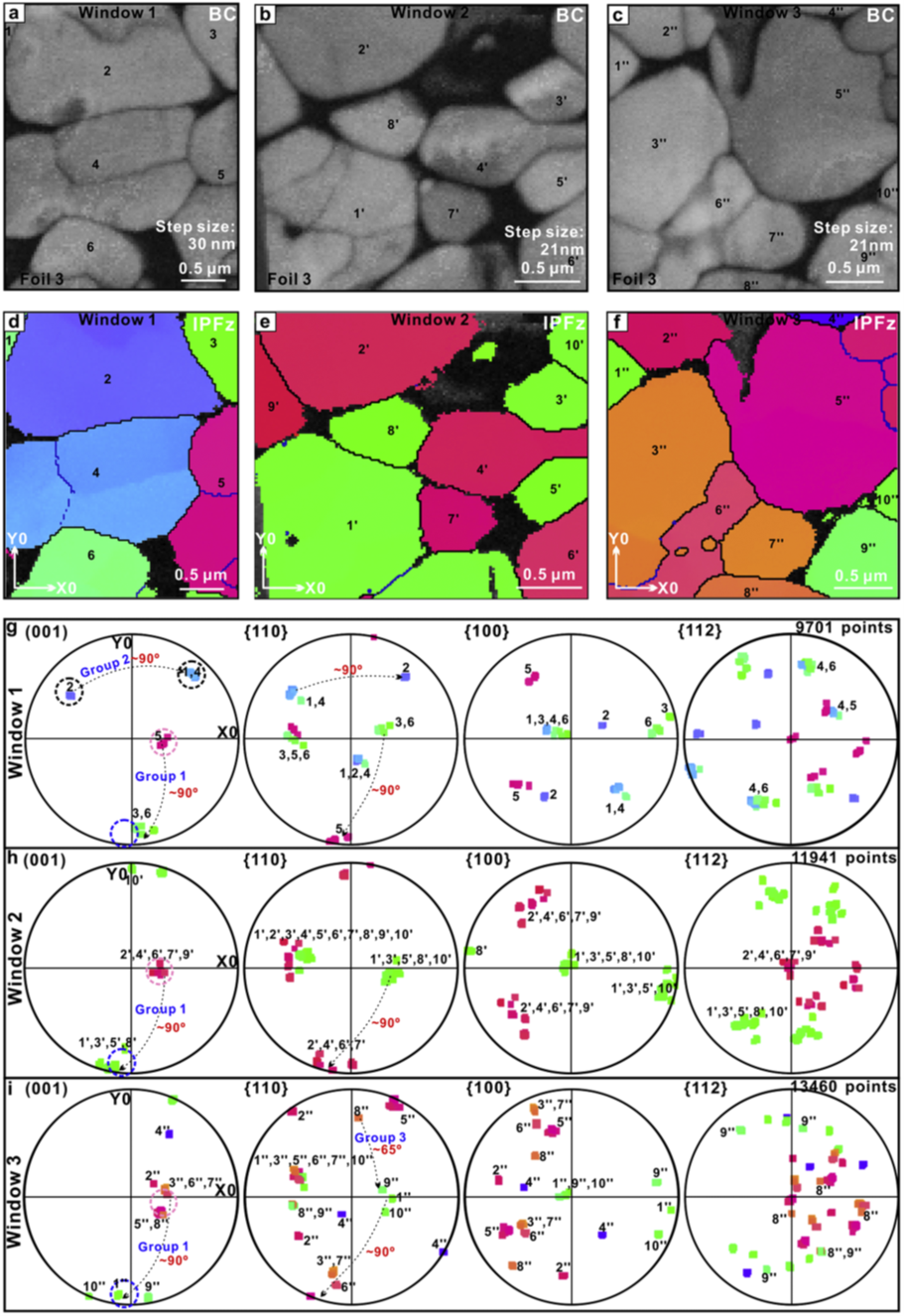Introduction
Zircon with granular texture from hypervelocity impact structures can be used to estimate the thermodynamic conditions of impact processes, including pressure and temperature, and in some cases the timing of impact events via U-Pb geochronology. However, two disparate formation models have been proposed to explain the occurrence of zircon neoblasts that preserve systematic orientation relations; one involves Zircon-Reidite phase transformations (FRIGN zircon), whereas the other features melting and thermal dissociation of zircon in the absence of Reidite. Distinguishing between these models is hampered by the lack of observational constraints on the intermediate transformation steps at nanoscale.
Dr. Jiawei Zhao, Prof. Long Xiao and et al. from China University of Geosciences, Wuhan, published some results in Earth and Planetary Science Letters.
The research focused on the nucleation and evolution of the Zircon neoblasts and the Reidite in the Chicxulub impact structure. The Zircon neoblasts in the Reidite lamellae has been proven to be formed after the Zircon-to-Reidite transformation by EBSD-TKD.

Results
In the research, samples of the granular Zircon in the Chicxulun impact structure samples have been analysed by TKD and TEM. In the grain of Reidite-bearing, habit planes of Reidite lamellae and lenses are observed in the host Zircon, which is related to the Reidite twin. Further insight orientation was measured by TKD on the newly formed nano-granular Zircon within the Reidite lamellae.
The TKD technique provided the key evidence for the nano-scale observation on the granular Zircon nucleation and evolution. High resolution measurements are easily acquired by Symmetry EBSD, which provide the orientation of Zircon grains with minimum diameter less than 50 nm. The orientation of the Zircon is in coordination with the model of Zircon-Reidite phase transformation, which indicates the solid transformation from Reidite to Zircon.

Fig.1 The orientation relationship and pole figures between neoblastic Zircon, Reidite and the host Zircon.
In the research, other Zircon granules with systematic orientation relation to the host Zircon or Reidite has been observed, which are demonstrated to be controlled by the solid-state reversion of Reidite.

Fig. 2 The Zircon granules with systematic orientation relationship of solid-state phase transformation between Zircon and Reidite.
Conclusion
In the research, the TKD technique was utilised to measure the high-resolution orientation results between the neoblastic Zircon, which provided direct evidence to explain the nature of the high-pressure phase transformation involving Zircon. It has implications for revealing the pressure-temperature history of zircon phase transitions in large impacts on Earth or other planetary bodies.




